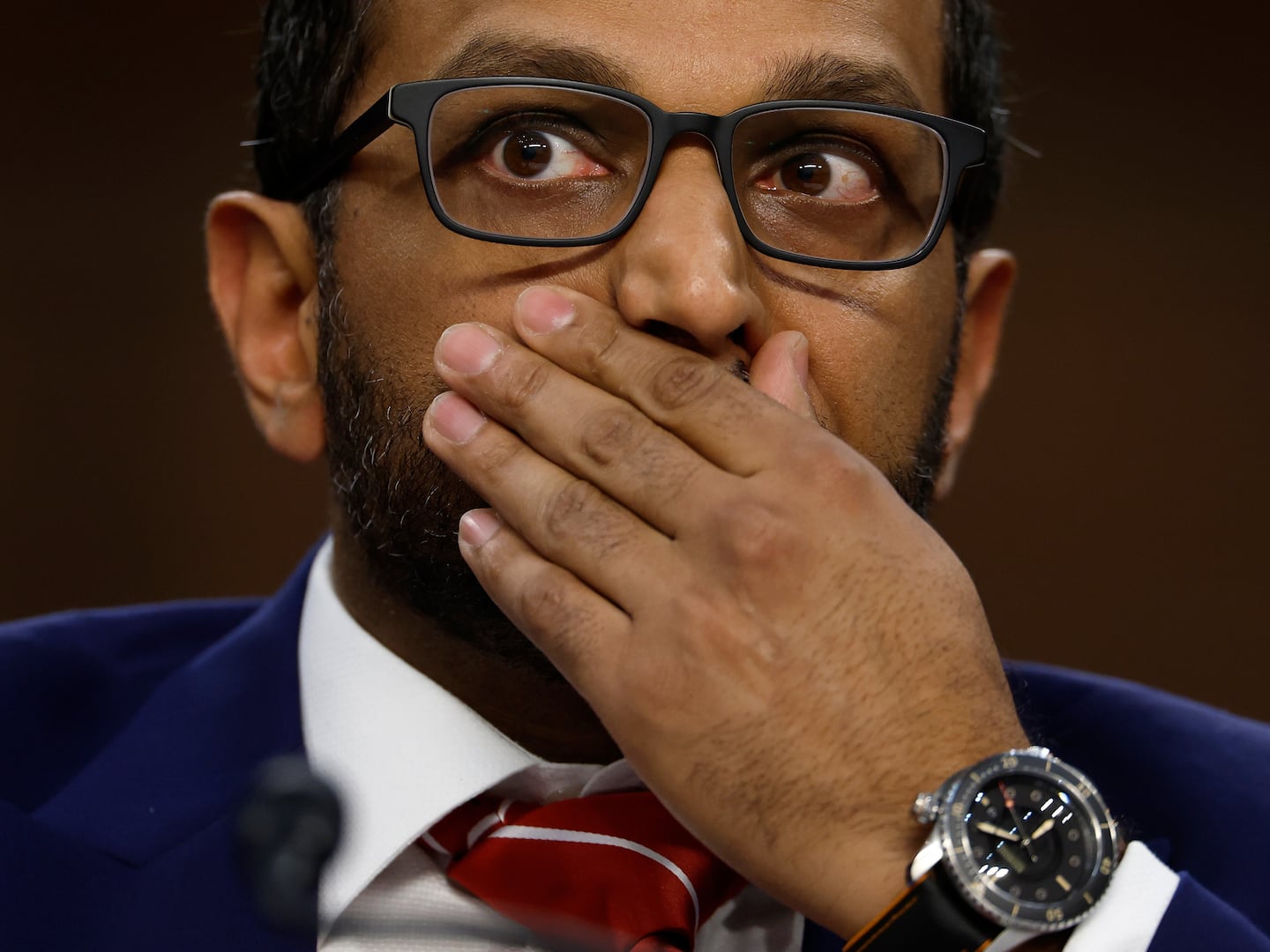
It was a Saturday—a gray, misty spring morning—and I was meeting a source at a restaurant off Pacific Coast Highway. Driving north on the slim, coastal strip that outlines the western edge of Southern California, I caught glimpses of surfers in slippery black wetsuits bobbing idly, waiting for the waves.
I pulled into the nearly deserted parking lot of a local restaurant. It was still a few hours before noon. As I got out of the car, I spotted a man walking briskly toward me.
There was the breakfast with a studio executive who, halfway through the meal, looked up with an ashen face and said, “I forgot—Jeffrey loves to come here.”
“Nicole?” he asked.
“Yes, hi.” We shook hands. “Thanks for agreeing to—”
“Not here,” he said brusquely. “Too many people. Come with me.”
I followed him as he walked to his car and signaled me to get in. “Damn Malibu,” he said. “You can’t go anywhere without seeing people.”

Starting to feel nervous myself— What the hell have I gotten into?—I nonetheless opened the door and got in the car. He pulled back onto PCH, and for the next two hours, I listened to my source as we sped along the California coastline.
When I was finally dropped off, my head was aching from so much time spent in such a small, tension-filled space. Nearly numb with exhaustion, I got into my own car and drove to Neptune’s Net, a fish shack popular with the Harley-Davidson crowd. For the next hour I sat in an orange linoleum booth, among heavy-metal T-shirts and tattooed arms, reviewing my notes and recalling the trepidation of my source. Driving home, I still couldn’t determine what it was I was getting into, but I was overcome with a sense of resolve. There was no question as to whether there was a good story here.
What type of book, you might ask, would arouse such caution during reporting? A presidential exposé? An investigation of the CIA’s most heinous sins? Not exactly. I work in Hollywood. The book I was attempting, and which is now about to be published, is called The Men Who Would Be King: An Almost Epic Tale of Moguls, Movies, and a Company Called DreamWorks. It’s about the movie studio that was formed in 1994 by director Steven Spielberg, wünder-studio-executive Jeffrey Katzenberg, and music mogul David Geffen, and that would go on to release films such as American Beauty, Saving Private Ryan, and Shrek.
The allure of the DreamWorks story was obvious, beyond the larger-than-life characters involved. DreamWorks, you see, was a true Hollywood tale that demonstrated how the town’s core belief, its absolute faith in the kind of icon it believes in most—a time-tested filmmaker who brings in bucks and blockbusters—is sometimes misplaced. And that all the pampering and obeisance bestowed by Money Men, sycophants, and handlers who never say “no” to these figures, can lead to, well… some big surprises. Nobody is perfect in Hollywood, and it helps to remember that everyone’s résumé is as hyped up as your own.
Originally planned as a media empire that produced movies, music, videogames, and everything of the moment, DreamWorks ultimately was downsized to production-company scale and sold to Paramount in 2005. After two disastrous years, it relaunched with Indian financing and set up a deal with Disney. (DreamWorks Animation was spun off as a public company in 2004.)
At the center of the story was Spielberg, who, at the time DreamWorks achieved lift-off, had just won 10 Oscars—for Schindler’s List and Jurassic Park—and finally broke out of the confines of “the blockbuster guy” moniker. Finally, he was getting the sort of respect that Scorsese got. Finally, he was considered an artiste, a trajectory he hoped to continue at DreamWorks, without decreasing his jaw-dropping deal (he made as much as studio’s did on his movies). Geffen and Katzenberg, perhaps without stopping to actually hear their goldmine’s actual ambitions, basically said, “Whatever.” And that, I discovered was the start of how things went wrong.
The DreamWorks story was rife with mysteries. As a private company that held its secrets even closer to the vest than most studios—where information is doled out on a need-to-know basis by militias of publicists—DreamWorks was teeming with them. Why did Spielberg, who already had everything in Hollywood, do it in the first place? Why did he ban Katzenberg from the coveted live-action studio? Why was Geffen so absent?
Answering these questions was never going to be easy. Unsurprisingly, the DreamWorks partners made it clear from the beginning that they would not participate in this book. The three men are not peacocks, after all, who drop their plumage for Oprah or Barbara, or nearly anyone, particularly when the story doesn’t end with them smiling triumphantly as the credits roll. They were men who not only worked the press like maestros, but were used to controlling it. One former employee claimed that when too many stories about DreamWorks started showing up in the press, Geffen laid down threats. “I’ve got phone records,” he said, according to the employee. “I’ll find out who’s talking. We’ll get you.”
During the course of my reporting, Katzenberg made dozens of phone calls, warning sources to stay away from me. (At times I wondered who was working harder to make contact with people—Katzenberg or myself.) Once, when I ran into him at the premiere of Shrek the Third, I decided to try my luck one more time. He was standing in the theater lobby, telling every passing mother and child to enjoy the show. When I went up to him and asked him if he would consider talking to me, he was charming enough about his reticence (perhaps because we were in public), but still firm. Digging into an enormous tub of popcorn he was holding, Katzenberg smiled widely and shook his head: “Not a chance, not a chance.” Then he moved on to shake more hands.
As a result of the principals’ stance, many of the more than 200 people I interviewed only felt comfortable under the veil of anonymity, and even they were anxious. (Also at work was the fact that DreamWorks employees are forced to sign lifelong non-disclosure agreements.) I got used to nervous glances toward restaurant entrances and quick exits.
I forgot what the interior of The Grill looked like, seeing as most of my meetings were in some of the most out-of-the-way, even shady, locations in Los Angeles. Never have I felt more like a pariah. There was the person I met at a Denny’s in El Segundo, the L.A. equivalent of Queens, for God’s sake. There were numerous, covert, tête-á-têtes at old, '50s diners on Ventura Boulevard in the Valley, where the waitresses had big hair and bright lipstick, and the coleslaw was bland and soupy. There was the breakfast with a studio executive who, halfway through the meal, looked up with an ashen face and said, “I forgot—Jeffrey loves to come here.” Within three seconds, I was left alone in the booth with his plate of half-eaten eggs, as he disappeared out into the sunlight.
But many people did talk, even on the record, sharing with me fascinating, often titillating stories, such as Russell Crowe’s very, very bad behavior while making Gladiator, where he threatened to slit a producer’s throat, and refused to recite the film’s signature line. (When these anecdotes were recently written about on Gawker, Crowe, or someone parading as Crowe, tweeted that I was a “lying horse’s ass.”) Then there were George Clooney’s eruptions on the set of DreamWorks’ first film, The Peacemaker. Clooney had been honored to have been asked to star in the film by Spielberg himself, only to discover that Spielberg had very little to do with actually making it, as he’d initially promised, and that studio executive Walter Parkes was rewriting the script while cameras were rolling.
With the journey now almost over, the manuscript magically converted into a book, and about to hit stores, I can say, more genuinely than I have ever said anything in my life: The process was hard, it was crazy, it was long, but it was never, ever dull.
Plus: Check out Book Beast for more news on hot titles and authors and excerpts from the latest books.
Nicole LaPorte is the senior West Coast correspondent for The Daily Beast. A former film reporter for Variety, she has also written for The New Yorker, the Los Angeles Times Magazine, The New York Times, The New York Observer, and W.






